Model 52 Open Country Long Range
A New Cooper .300 Winchester Magnum
feature By: John Haviland | September, 20
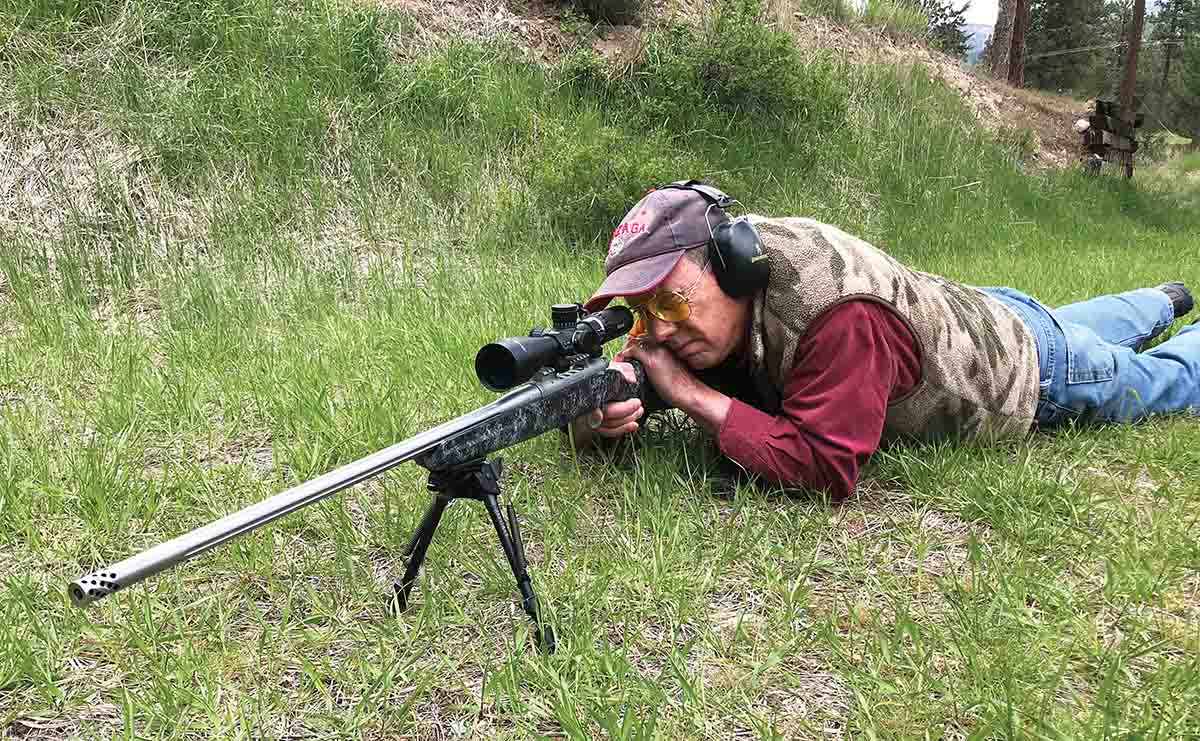
The age of specialized hunting rifles is upon us. No longer is a basic bolt-action rifle topped off with a variable-power scope sufficient to hunt big game. Up-to-date hunters now require a rifle with specific qualities, and by extension believe they possess those same merits.
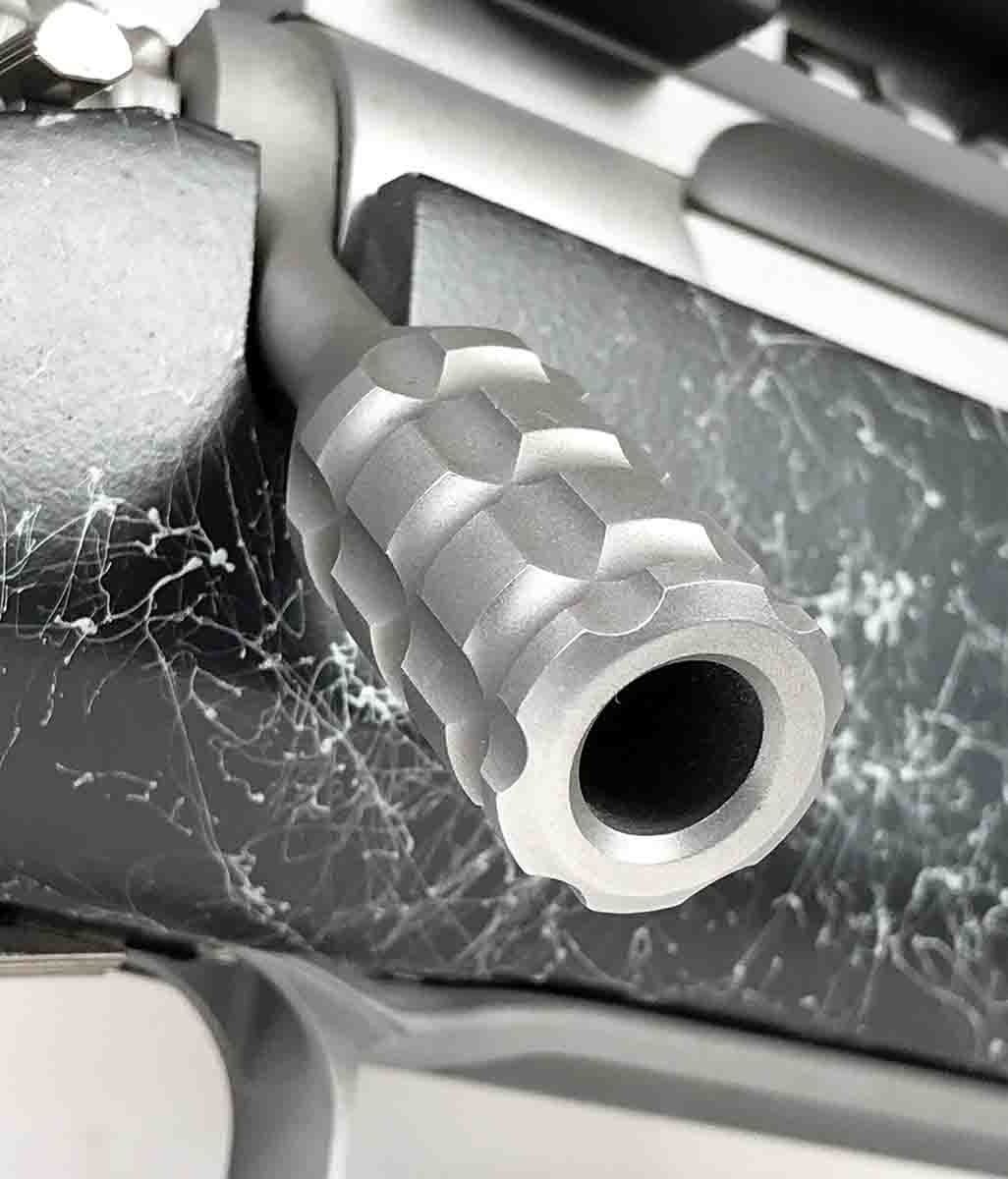
One such specific rifle is Cooper Firearms of Montana’s Open Country Long Range. The rifle is built with features to assist connecting on a distant shot, from a good trigger to a large stock that supports the shooter as much as it does the barreled action. The Open Country is based on the Model 52 action Cooper introduced in 2007 and handles cartridges in lengths up to the .300 Remington Ultra Magnum.
The Open Country is chambered in a choice of 36 standard and magnum-length cartridges, from the .240 Weatherby Magnum up through the .35 Whelen and Norma, Remington, Weatherby and Winchester magnum cartridges, along with the .26, .28 and .33 Nosler cartridges. Ian Vivero is an engineer and heads up Cooper Firearms, which is owned by his family. “The .300 Winchester Magnum is the most popular cartridge chambered in the Open Country,” he said, “And the 7mm Remington Magnum is always in the top four. There is some interest in the .280 Ackley Improved, and the 6.5 PRC is gaining in popularity.” Encompassing all Cooper rifle models, the 6.5 Creedmoor is by far the most popular cartridge. The cartridge’s acceptance has taken over to the extent that Cooper receives very few orders for rifles chambered in .308 Winchester.
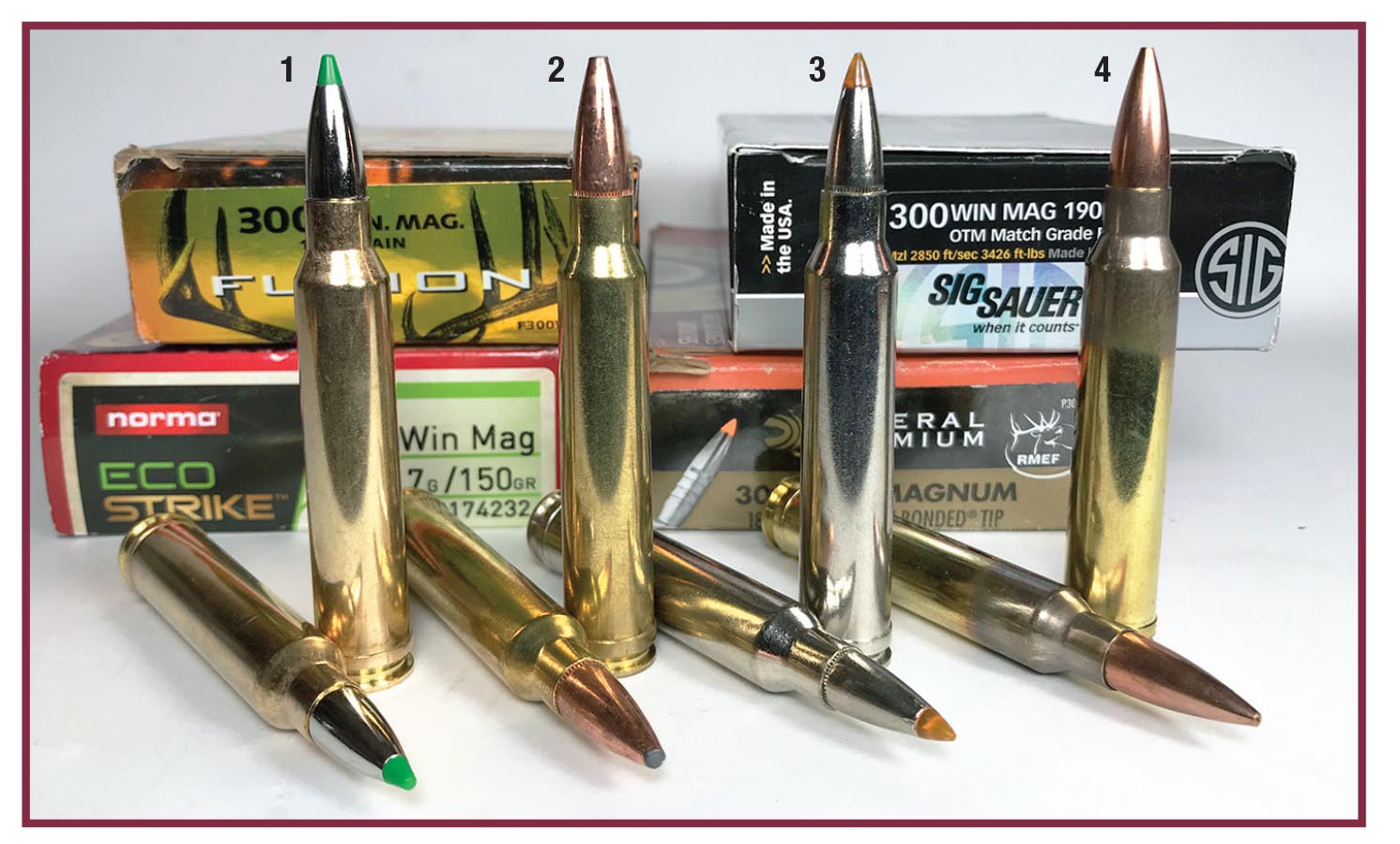
The Open Country I’ve been shooting is chambered in .300 Winchester Magnum. The rifle weighs nine pounds, and a good part of that weight is its 26-inch stainless steel barrel. That weight increased to 10 pounds, 10 ounces with a Bushnell Forge 2.5-15x 50mm scope clamped onto the rifle’s Picatinny rail. A Lightweight model that weighs seven pounds is also available. Its weight savings results from a Proof Research carbon fiber barrel. Both models come with a Cooper muzzle brake with 5/8x24 threads and 30 ports. Both models are also available with Cooper’s aluminum three-round, straight-stack detachable magazine that attaches to an aluminum frame and fits flush with the bottom of the stock, or an AICS-style five-round magazine that hangs below the stock. The test rifle featured a flush magazine. Cooper includes a spare magazine, which is a nice touch.
The heart of the Open Country is the Model 52 action with a three-lug bolt head. Cooper uses a three-locking lug design because it believes it provides even pressure around the receiver to dampen torque, and a shallow 60-degree lift disengages the lugs. The spiral-fluted bolt body features a hand grenade-style shroud and bolt handle. The push-feed action has a Sako-style extractor inletted on the rim of the bolt face, and a plunger ejector. The recoil lug is a block of steel that measures 0.60 inch thick and 1.10 inches wide, sandwiched between the barrel and front of the receiver. Between the mortise for the recoil lug and the magazine opening is a 1.25-inch thick block of stock material to absorb recoil. The front receiver screw threads into the round bottom receiver behind the recoil lug, and the rear screw threads into the tang.
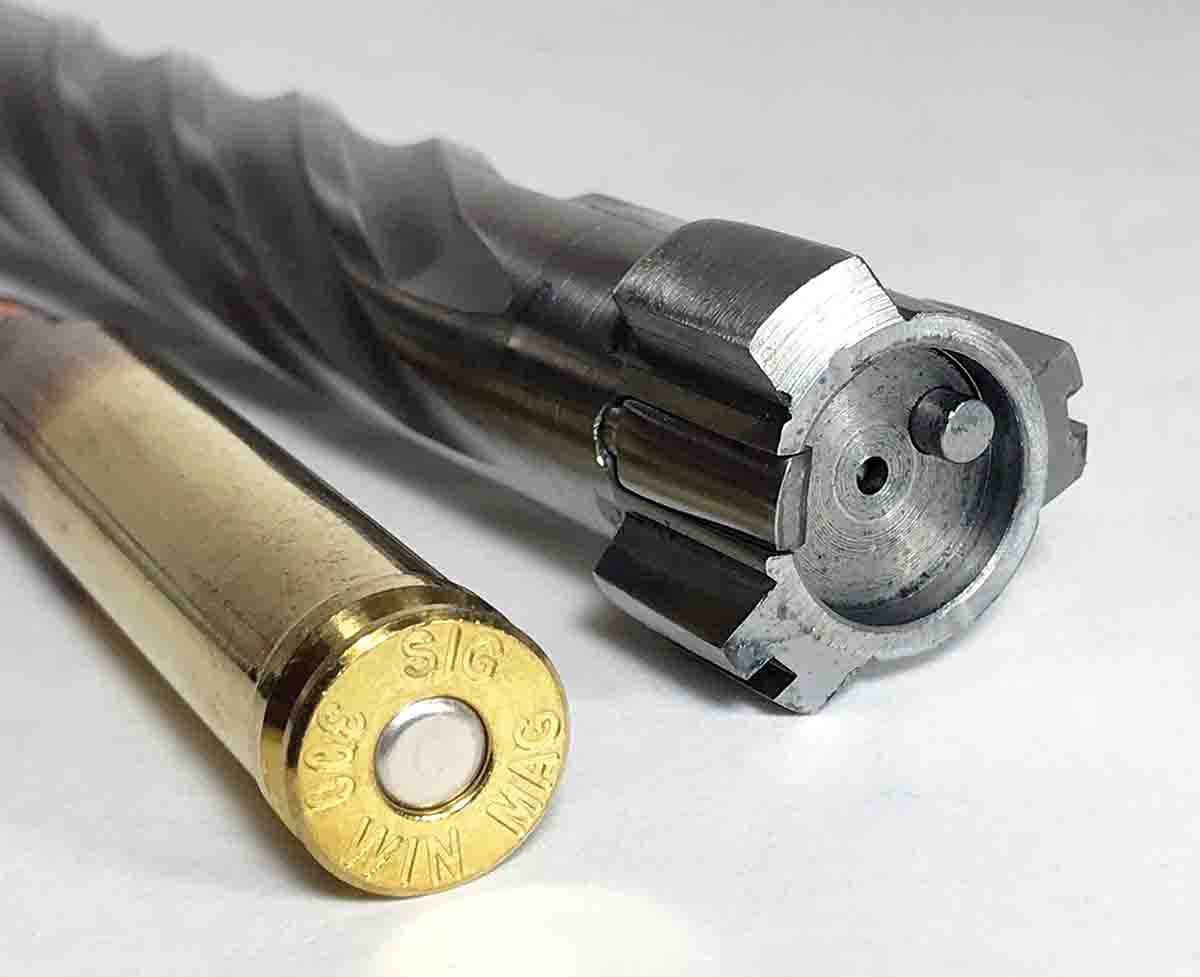
Bolt travel is 4.65 inches, and when the bolt is closed the tail of a cocking indicator extends beneath the bolt shroud to show the firing pin is cocked. Pressing a serrated tab at the left rear of the receiver rotates the bolt stop lever out of the path of the left locking lug and allows removing the bolt from the receiver.
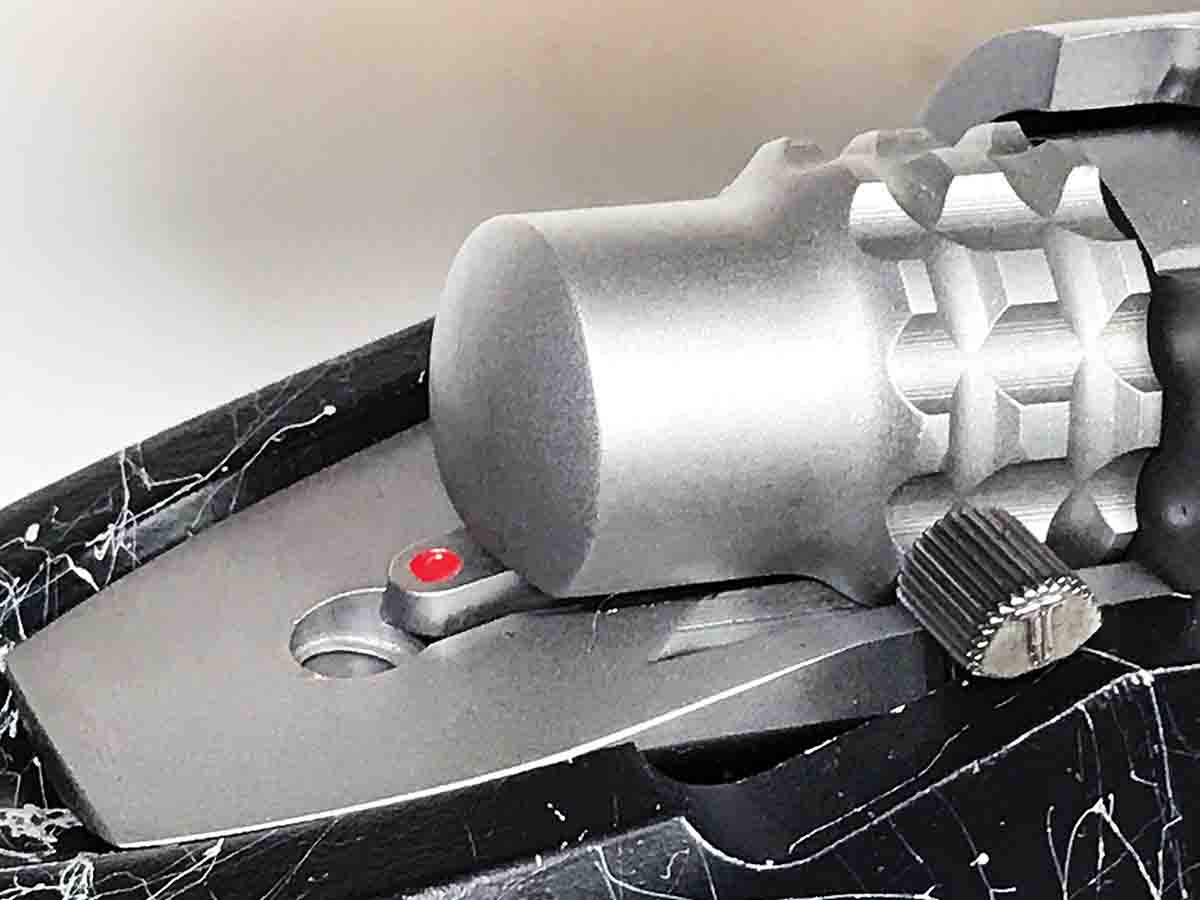
The TriggerTech Primary model trigger on the rifle came set at 3.5 pounds with no creep or overtravel. The trigger is adjustable from 1.5 to 4 pounds. Turning out a set screw on the bottom of the trigger housing a few clicks reduced pull weight to 3 pounds. Pull varied only a few ounces. The trigger is made with what TriggerTech calls “Frictionless Release Technology” that utilizes a free-floating roller between the sear and the trigger to reduce friction that occurs between the usual flat sliding surfaces in other triggers.
The exterior of the stainless steel barrel is cut with six straight flutes and tapers in diameter over its 26-inch length from 1.17 inches in front of the recoil lug to 0.76 inch, where it ends with Cooper’s 1.9-inch long muzzle brake. The seam between the barrel and brake requires a close look to see. The brake increases barrel length to 27.5 inches.
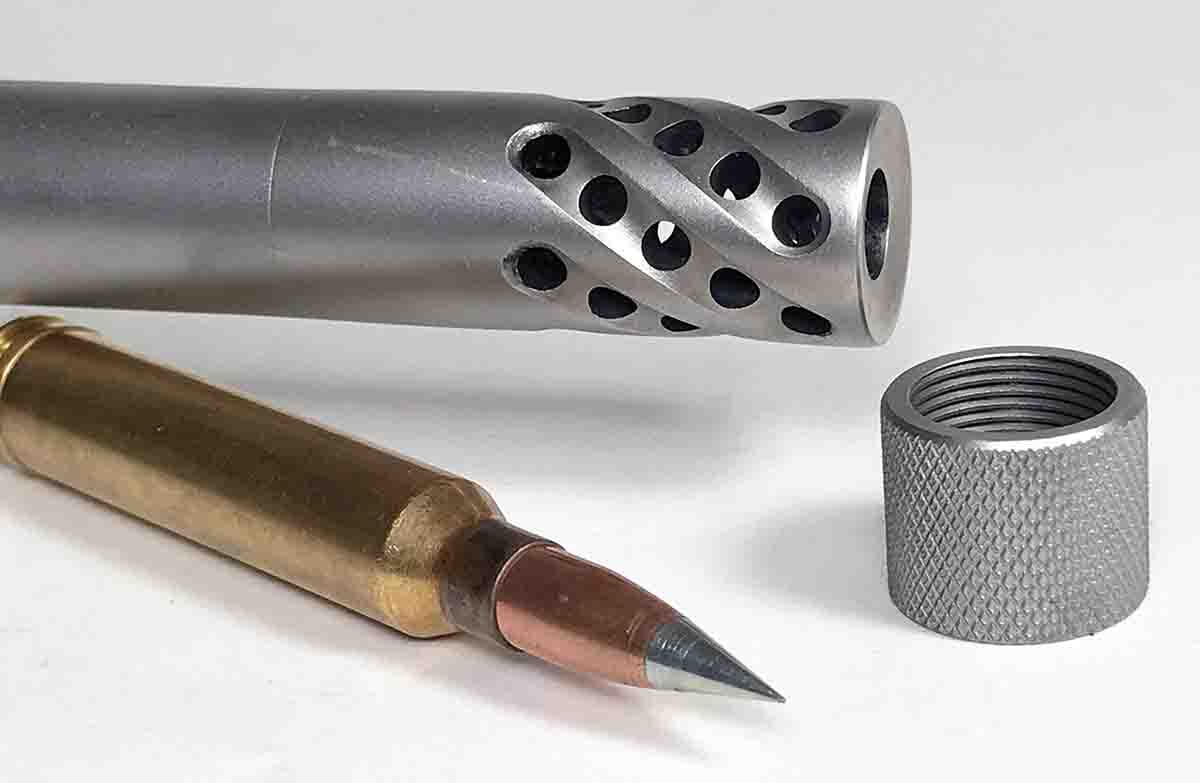
The brake certainly reduced recoil generated by burning 80-some grains of powder to launch 174- to 190-grain bullets, and I was happy it was attached while shooting off a bench. The exchange for that, though, was an annoying muzzle blast, even while wearing ear plugs and muffs. A few times I stuttered on the trigger, cringing in anticipation of the coming blast, like someone was sneaking up behind me with ill intentions. I’d certainly remove the brake and screw on the supplied thread protector cap before hunting with the rifle.
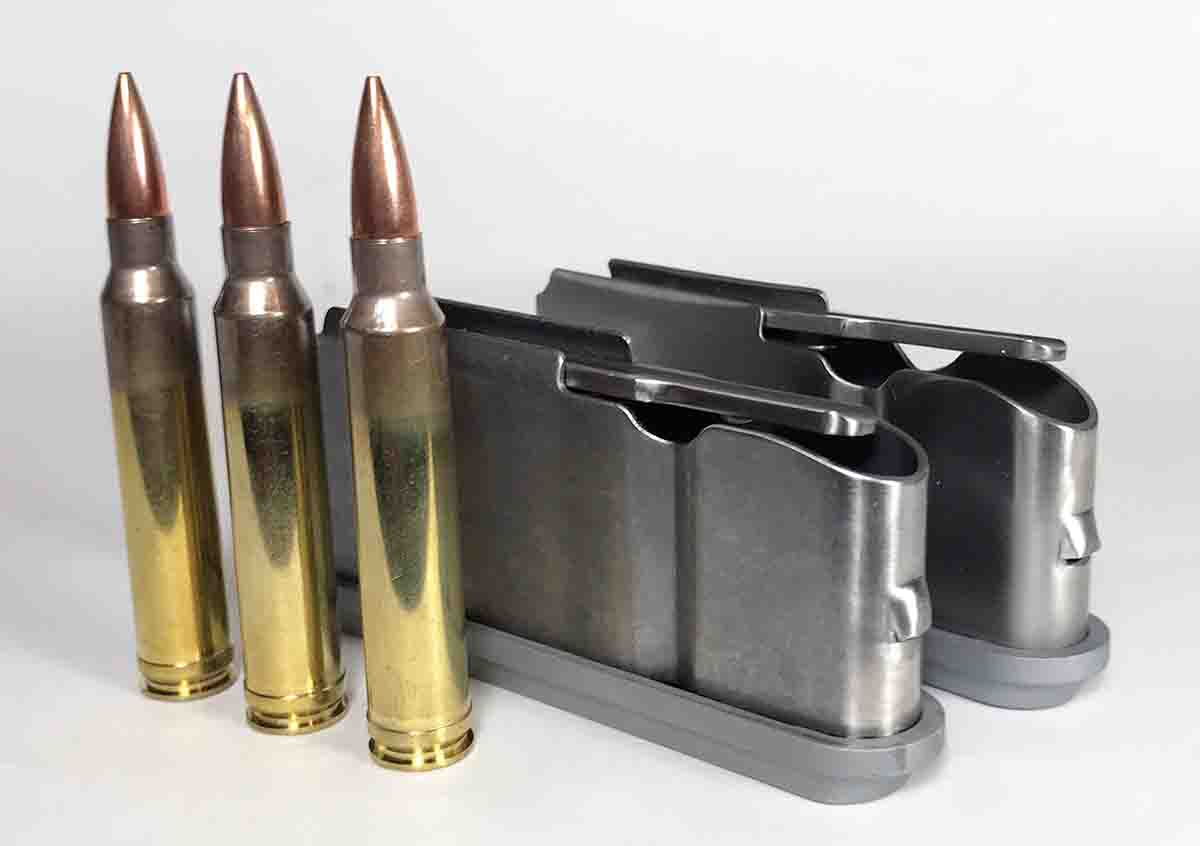
A look into the barrel bore with a Lyman Borecam Digital borescope showed the lands and grooves were smooth from end to end, and the leade was cut with an even approach to the rifling. After firing about 75 shots, the bore was black with powder-fouling in spots. However, only a few streaks of copper fouling clung to the top of the lands. Soaking the bore overnight with Gunslick Foaming Bore Cleaner dissolved the fouling, and a few patches pushed out the blue sludge.
Cooper makes its own synthetic stock for the Open Country with fiberglass reinforced with layers of carbon fiber and Kevlar, and aluminum bedding pillars to seat receiver screws at the tang and receiver ring. The Open Country’s stock weighed 34 ounces, including a .75-inch thick Pachmayr Decelerator recoil pad and two stainless steel sling studs attached to the forearm, and one at the rear.
The stock is large with features to aid shooting prone. The nine-inch forearm is two inches wide at the rear with a slight taper toward the tip, and the flat bottom aids in steadying the rifle over an improvised rest, like a backpack. A palm swell on each side of the nearly vertical grip widens the grip to nearly two inches across. Some people like such a thick grip, while others do not. The comb is also thick and rounded. It could not be any higher unless a slot was cut in the nose to allow the bolt to be removed. The thickness, though, helps hold your head erect and gives the feeling of a higher comb.
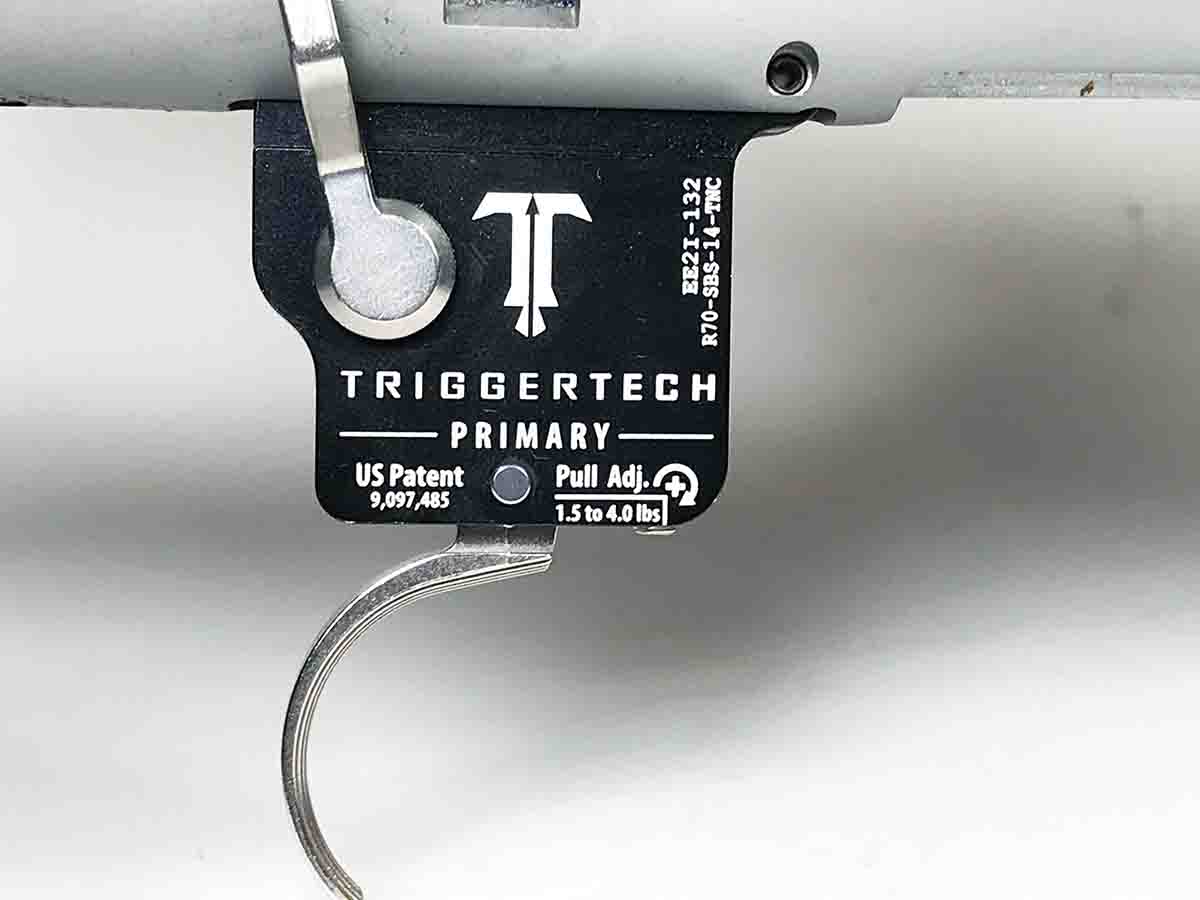
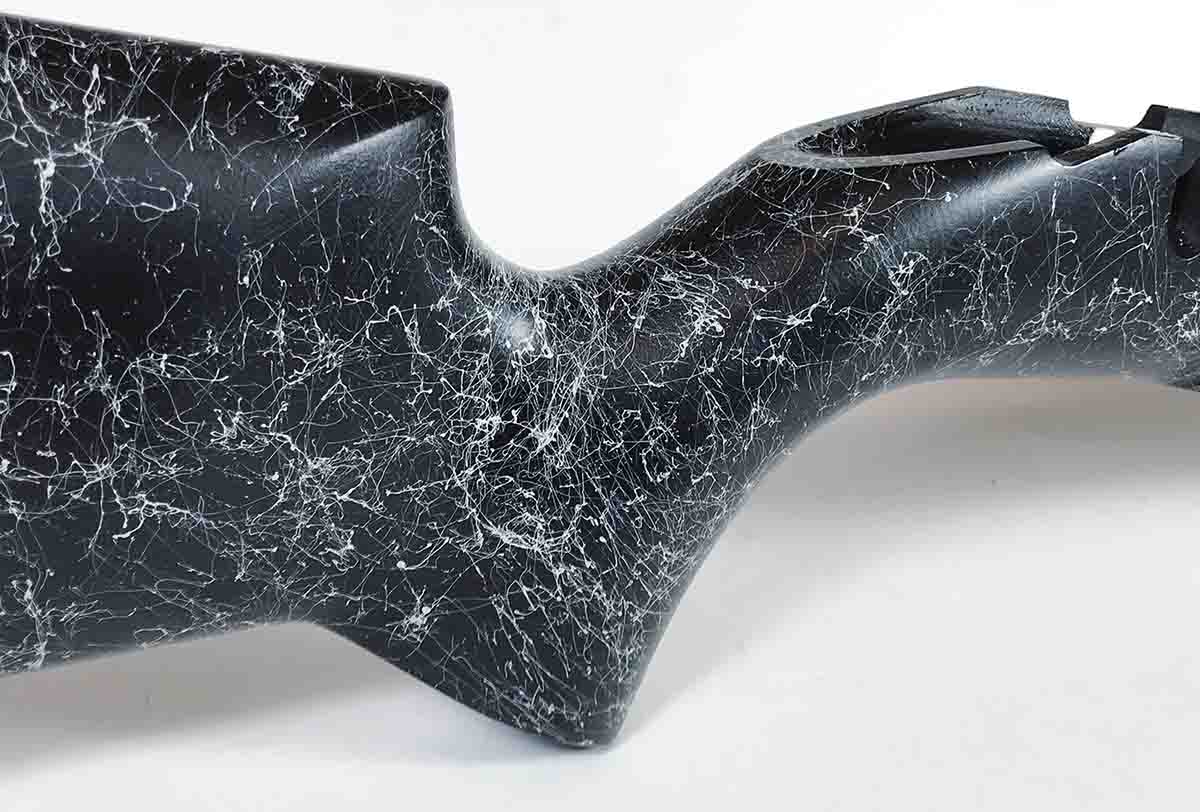
Cooper guarantees Open Country rifles to shoot .5-MOA groups at 100 yards, shooting, as Cooper states, “premium match grade ammunition conforming to test load data.” Cooper shoots handloaded cartridges to test the accuracy of its rifles. In the past, the company usually handloaded match bullets. However, many customers wanted to know how well their rifles shot with hunting bullets. Cooper now commonly shoots Barnes TripleShock bullets to test rifle accuracy. The 50-yard test target included with my Open Country showed one ragged hole created by three Barnes 168-grain Tipped TripleShock bullets handloaded and fired with Magnum powder.
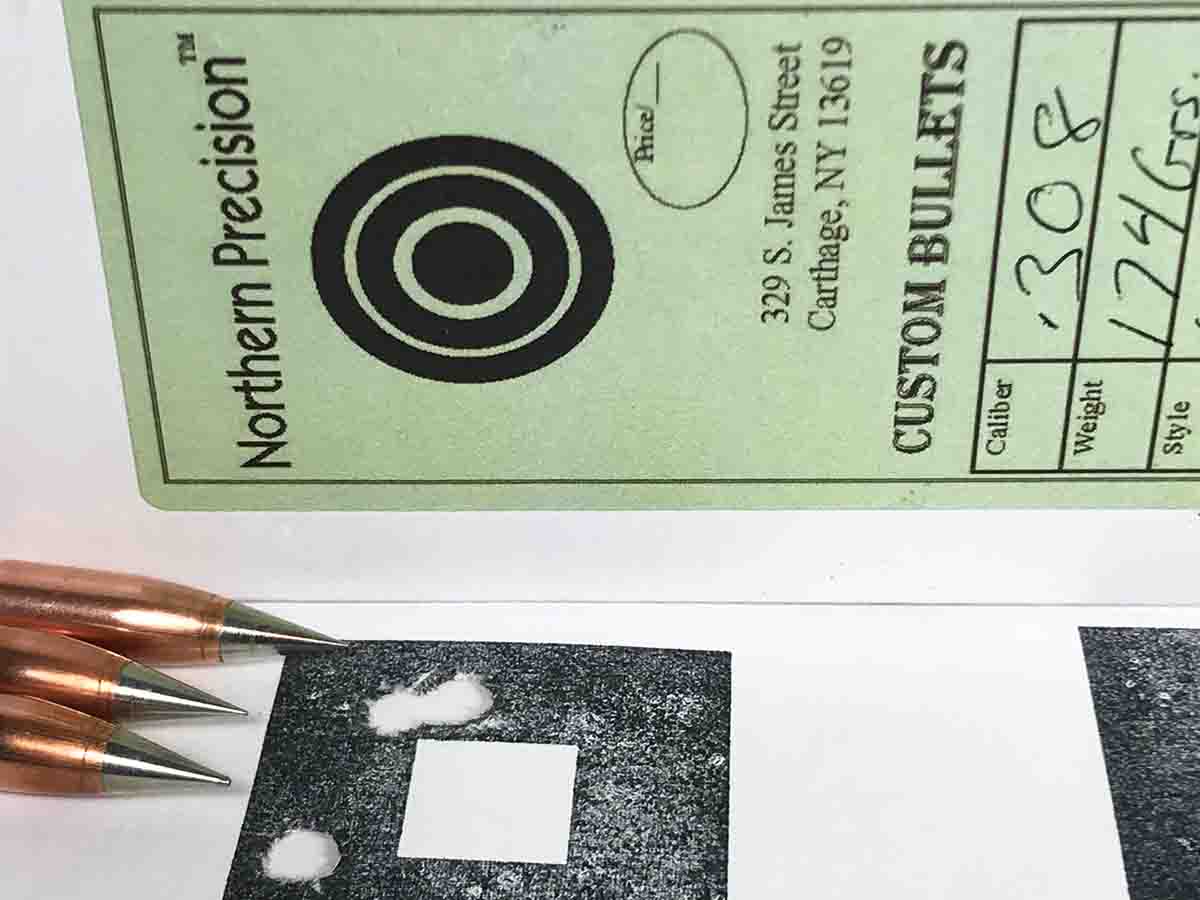
One factory load and several of my handloads came close to that guarantee. One three-shot group measured .68 inch fired with SIG SAUER Elite 190-grain Open Tip Match loads. As the load table shows, a few loads came close shooting Berger 185-grain bullets and Northern Precision 174-grain Ultra Low Drag (ULD) bullets.
Bill Noody, owner/operator of Northern Precision in Carthage, New York (315-955-8679), makes a variety of interesting bullets that include bonded core and jacketed handgun and rifle bullets. One of his new bullets is the ULD with a rebated boat-tail and elongated steel tip sharp as a sewing needle.
A cartridge length of 3.633 inches was required for 174-grain ULD bullets to contact the rifling in the Cooper rifle. A slightly shorter cartridge length of 3.55 inches set the bullets short of contacting the rifling. Still, that cartridge length is longer than the 3.340-inch maximum for the .300 Winchester Magnum. Berger 185-grain Hybrid Target bullets also required a long cartridge length to set the bullets close to the rifling. Fortunately, the Cooper’s magazine will hold cartridges up to 3.70 inches in length.
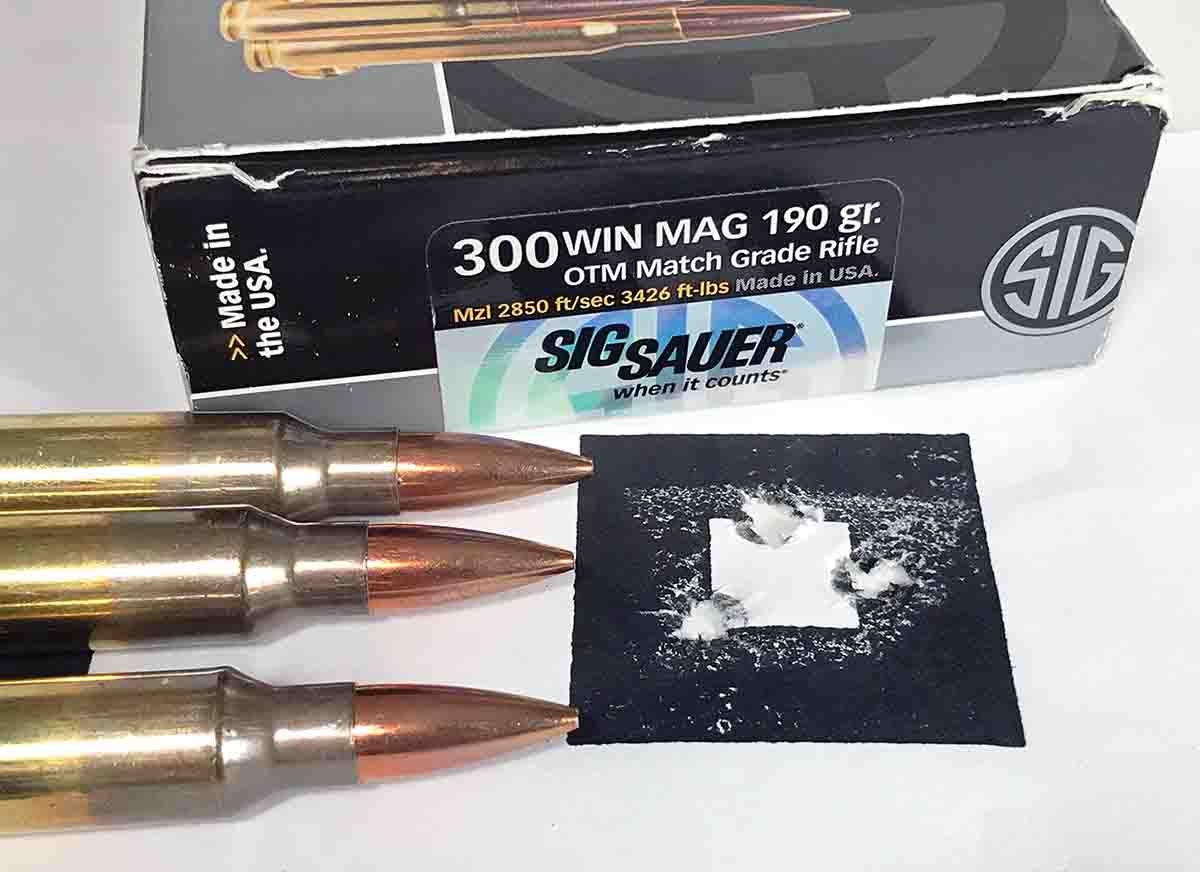
Extreme spread of velocity for the Northern Precision 174-grain ULD bullets was 4 fps shot with IMR-7977 and 10 fps fired with Magnum powder. Extreme velocity spread for Berger 185-grain Hybrid Target bullets was 2 fps shooting Magnum powder, and 17 fps fired with Norma MRP. Shooting such narrow velocity spreads, it’s no wonder the .300 Winchester Magnum is a favorite for long-range shooting.
Loading the straight-stack, three-round magazine requires removing it from the rifle by pushing a small button on the front of the frame. The button is recessed below the frame a short amount so it will not be inadvertently pushed and disengage the magazine. However, I would not mind if the button was slightly larger to ease pushing it.
The magazine is loaded by pushing down the follower with a cartridge and sliding the shell back under the retaining lips. The grooved follower securely holds the cartridge, and two more cartridges easily slide into place. Little bolt push is required to strip a cartridge from the magazine into the chamber, and a few times I partially withdrew the bolt to make sure a cartridge chambered. A cartridge can also be dropped on top of the follower and the closing bolt will push it into the chamber. All told, I shot about 175 rounds through the rifle, and each and every cartridge fed without a hitch.
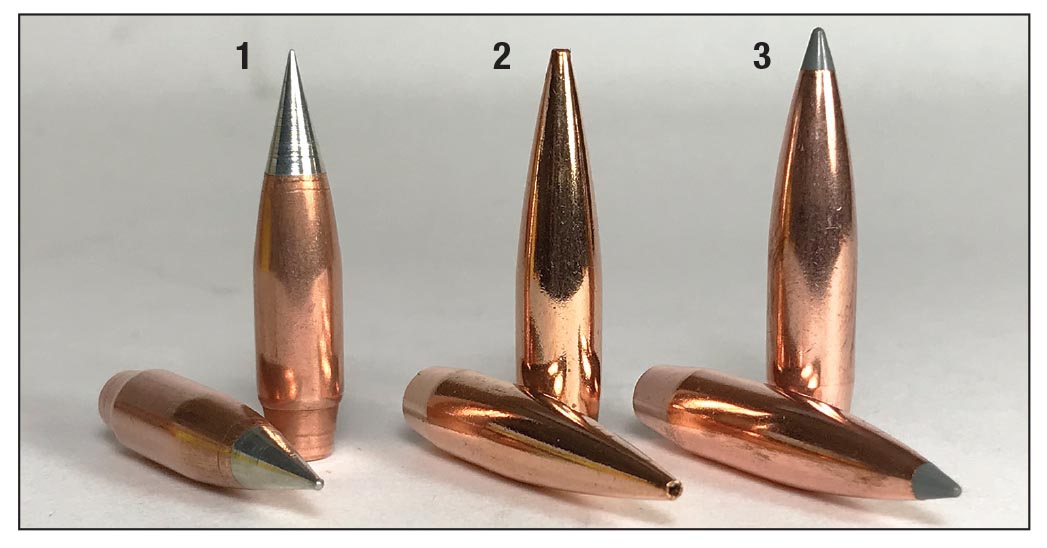
On a cool morning with barely a hint of wind, I shot the rifle from the steady support of a bench at targets at 300 yards. Three Berger 185-grain Hybrid Target bullets, loaded with Norma MRP powder, printed a 2.15-inch group. Northern Precision 174-grain ULD bullets, paired with IMR-7977 powder, shot a 2.74-inch group. In minutes of angle, the 300-yard group from each load was about the same as their 100-yard group.
I clamped a bipod on the rifle’s forearm and wiggled in behind the rifle to shoot prone at targets at 300 yards. I pretty much draped myself over the stock, which helped dampen my muscle quivers. The vertical grip kept my trigger hand straight with my wrist. The wide and straight comb cradled my cheek. However, it
was not high enough to keep my cheek in contact with it and see through the scope. To compensate, I placed my left hand over the comb and rested my cheek on top of my hand. That raised my eye in line with the scope and supported my head. The scope’s aiming dot wandered, then settled, and the trigger tripped as if on its own. Three bullets from the Berger/MRP load formed a 4.10-inch group. Three Northern Precision bullets pushed by IMR-7977 created a 4.17-inch group. Vertical spread of the bullets was not much over an inch. Not the best shooting, but not bad.
The heavy load of the Open Country Long Range rifle is too much to carry up an elk mountain. Cooper’s Backcountry rifle fills that niche. But across the antelope flats and mule deer foothills, the rifle would not hold me back a step. When a long shot appears, the rifle will accomplish its purpose.


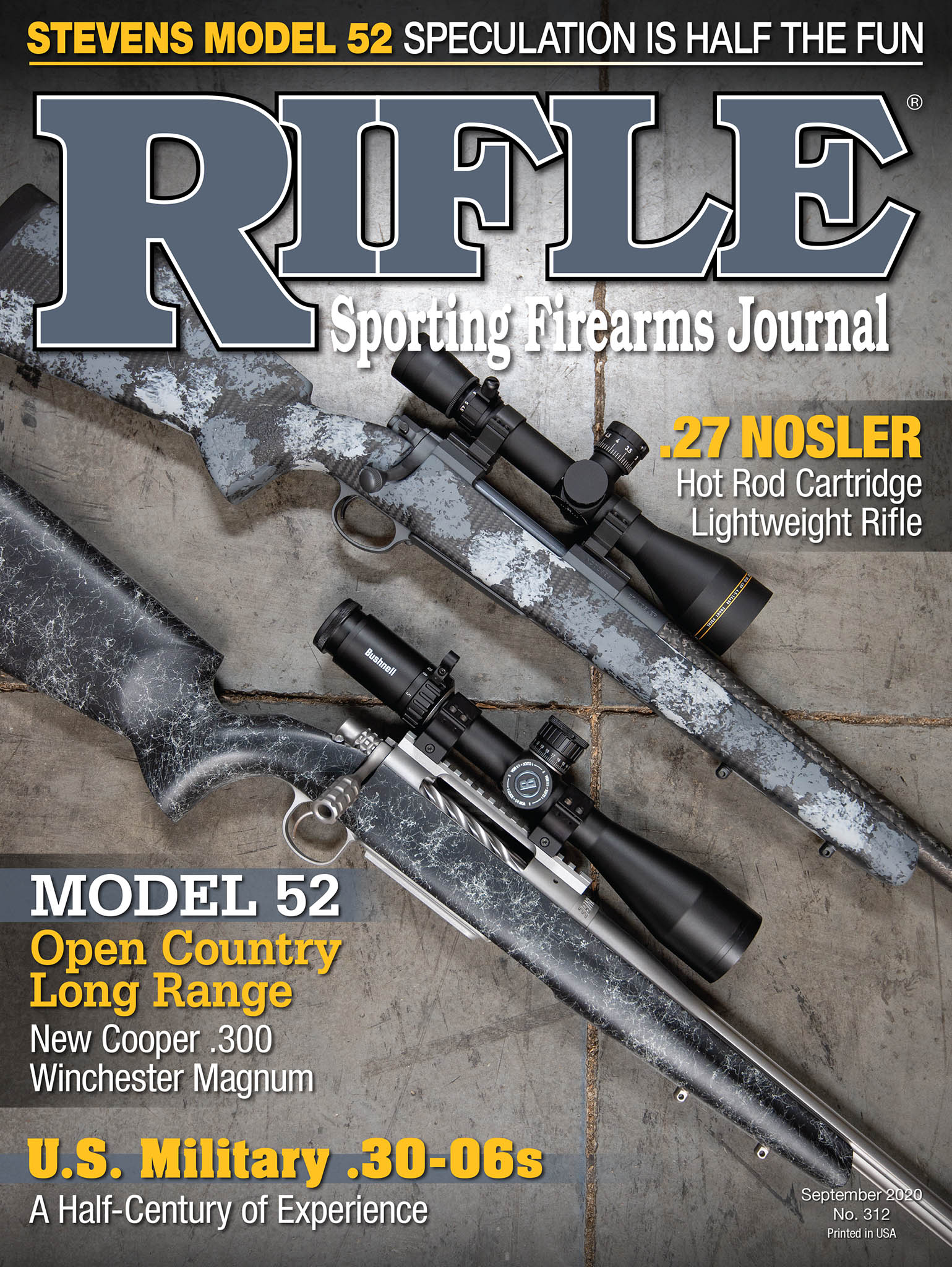
.jpg)